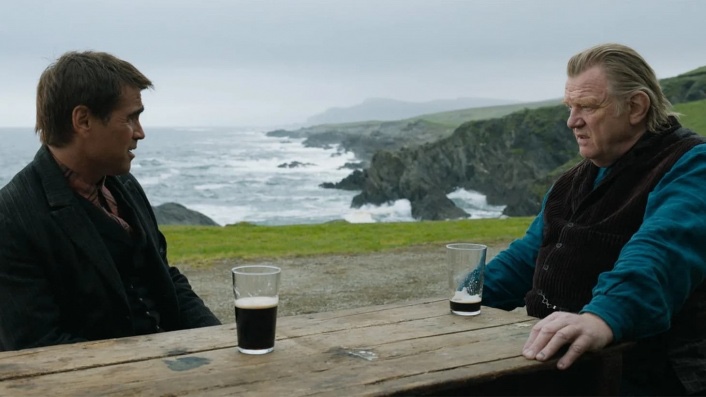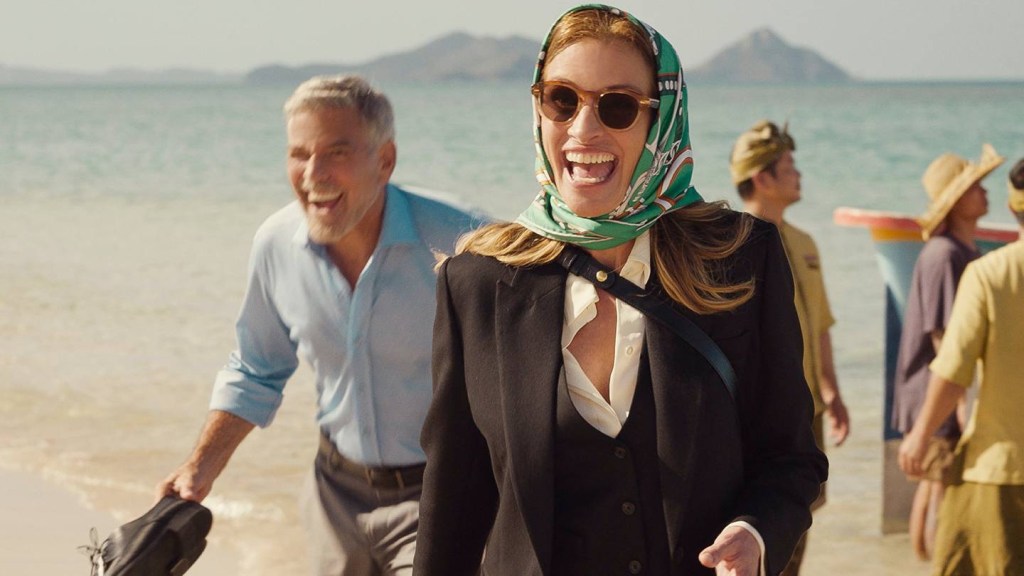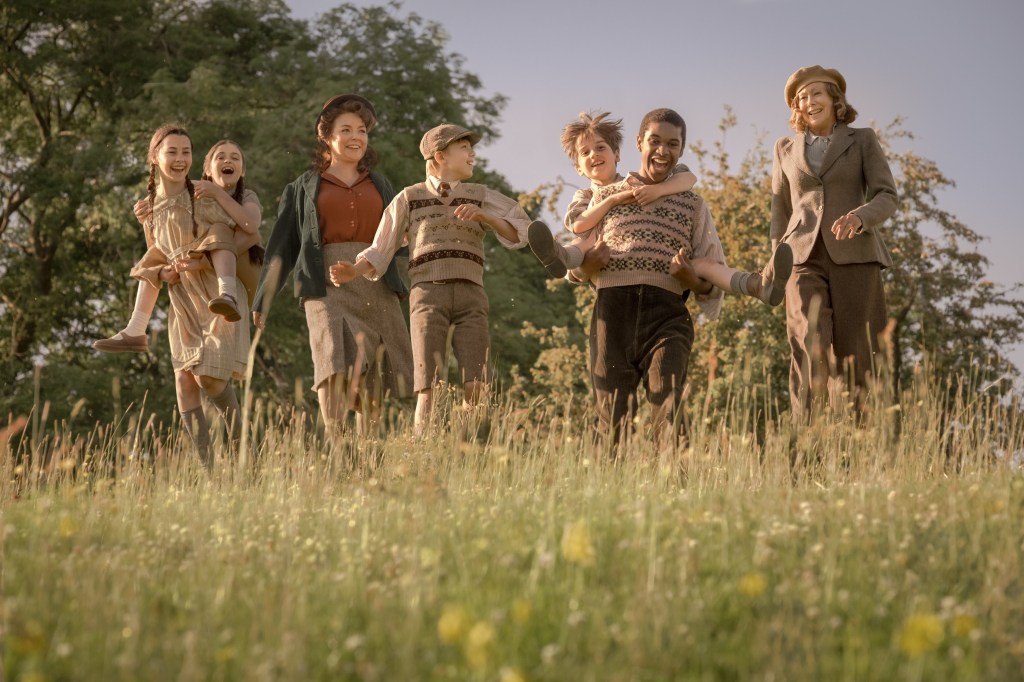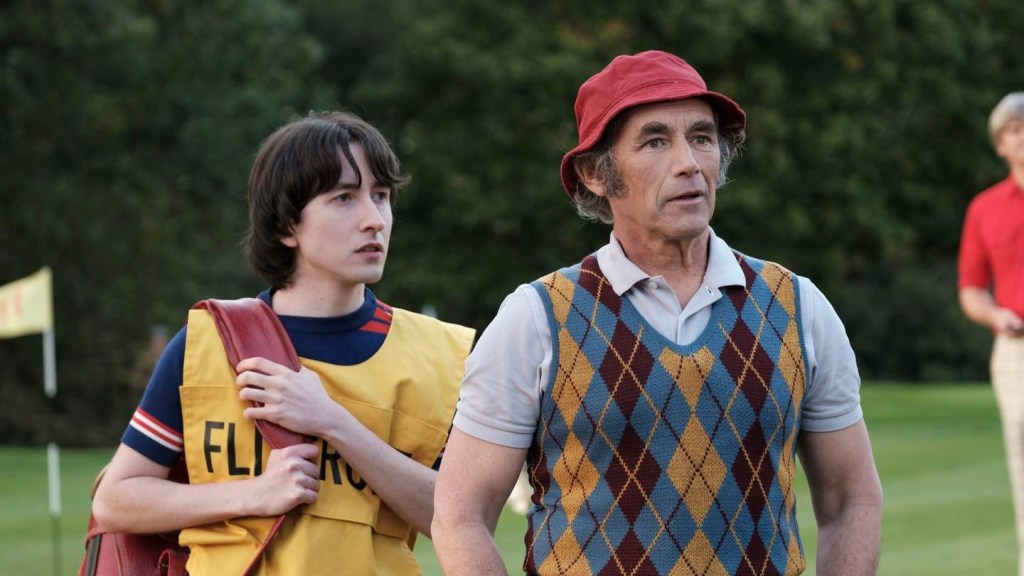My Top 10 of 2022
It’s been a strange year at the movies as reflected in my 2022 top ten which is populated with way less arty-farty films than previous years. Is it me? Is it the movie industry? No idea. Anyway, here goes …
Number 10: Men. While not as brilliant and complete as Ex Machina or Annihilation, Alex Garland’s third film still packs a number of unforgettable scenes. As the phrase goes “the parts don’t equate to a whole” and that certainly rings true here, but wow … those scenes. Oh, and Jesse Buckley is, as usual, excellent. This won’t be for everyone though.
Number 9: Don’t Worry Darling. Yep, that’s right. Most critics (except Josh Larsen because he’s awesome) seemed to hate this. But I loved it. Sure the ideas aren’t fresh, but it was well structured, thoroughly entertaining, and Florence Pugh was superb. Still reckon that the very controversial LaBeouf would’ve made a better hubby than Styles, though.
Number 8: Three Thousand Years of Longing. Magical, visually brilliant, well acted … and totally ignored by the public. Shame, because this reexamination of the genie-in-a-lamp story from George Miller (of Mad Max fame) is a really great film. Tilda Swinton is at her artful best … hmm, I’m starting to see a trend of female leads going on in this list.
Number 7: Bones and All (review here). Luca Guadagnino’s (Call me by Your Name, Suspiria) love story about a couple of young cannibals is a bit icky in parts. But it’s certainly unique and Guadagnino’s intoxicating style is a total stone-cold winner. Chalamet plays second fiddle to brill new-comer Taylor Russell. Yes, another female lead.
Number 6: Top Gun. America f*ck yeah! Brash, bold and everything the tin’s label promised. Total nostalgic entertainment done right. What? A male lead? Nope. Cruise is a reptilian-shape-shifting-alien on account of his inability to age as normal humans do.
Number 5. The Worst Person in the World. Examines a young woman’s passage through turbulent relationships and everything else life throws at her. Hilarious in parts and devilishly clever but also sublimely insightful. Female lead, check!
Number 4. Everything Everywhere all at Once. Biggest surprise of the year. A total energy-bomb of a film that seems to throw the laws of Hollywood casting (and physics) in the bin. A blockbuster-styled flick but with normal looking people … and bagels. Yeah bagels. Loved it. Michelle Yeoh, Jamie Lee Curtis, and Stephanie Hsu … female leads check, check, check.
Number 3 The Batman. More grimy cop thriller than superhero film. In fact entirely grimy cop thriller. Why is Batman even here?! Excellent film from start to the bit just before it ends. I didn’t like that bit. But otherwise, a flawless film. Collin Farrell (what can’t that guy do?!) as The Penguin is a genuine highlight.
Number 2. The Banshees of Inisherin (review here). Ain’t no female leads here. Gleeson and Farrell shine in this film about the implosion of a friendship. Fiddle dee dee, potatoes. I fecken looved it.
Number 1. Nope (review here). I reviewed this for the NZ Herald a few months back and gave it only 3.5 stars. I was wrong. Jordan Peel’s (Get Out, Us) best so far. Must be seen on the big screen or a decent home cinema set up. You will never look at clouds the same again.
That’s all folks. Hope you have a Happy New Year!









